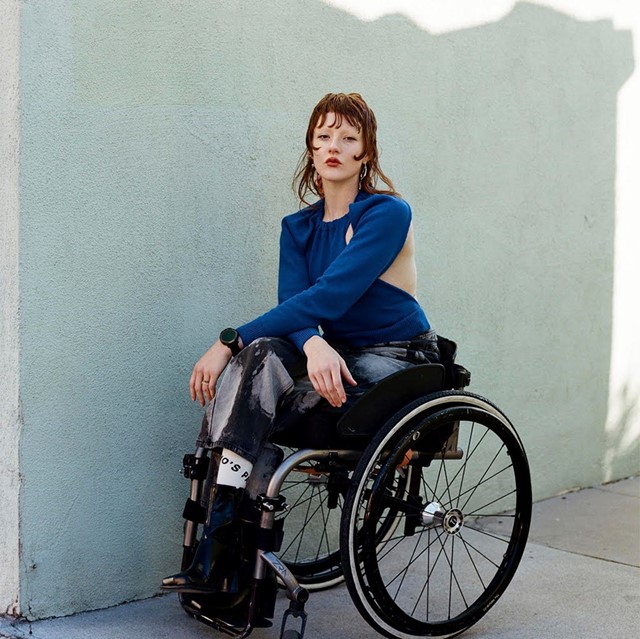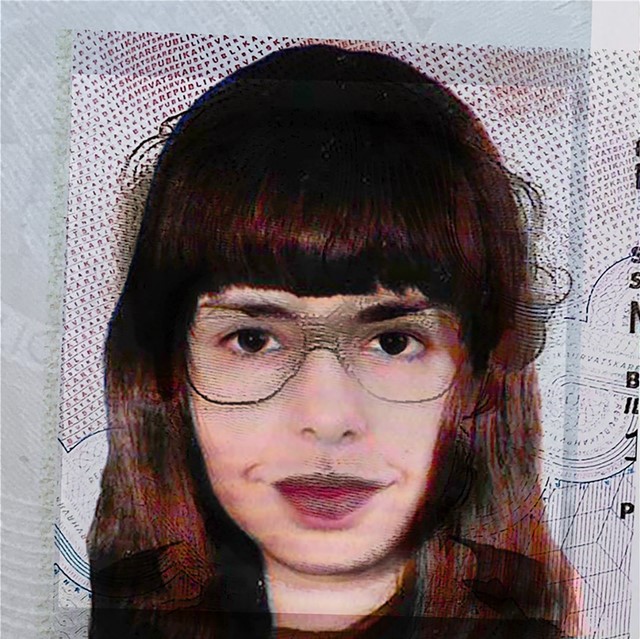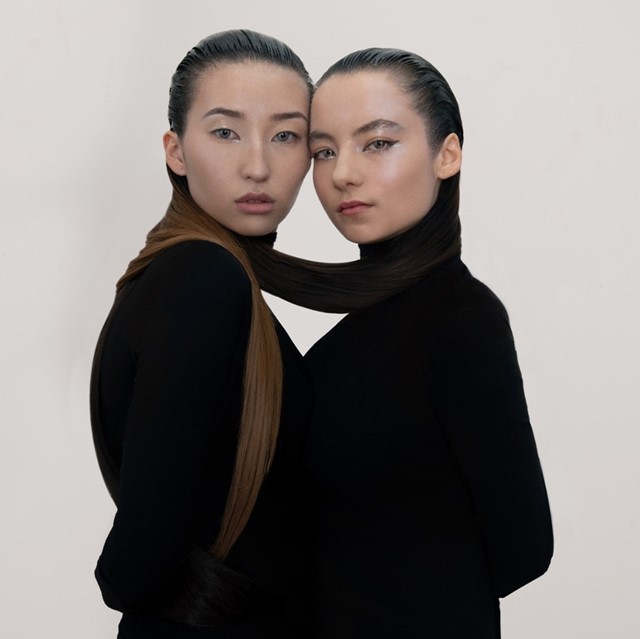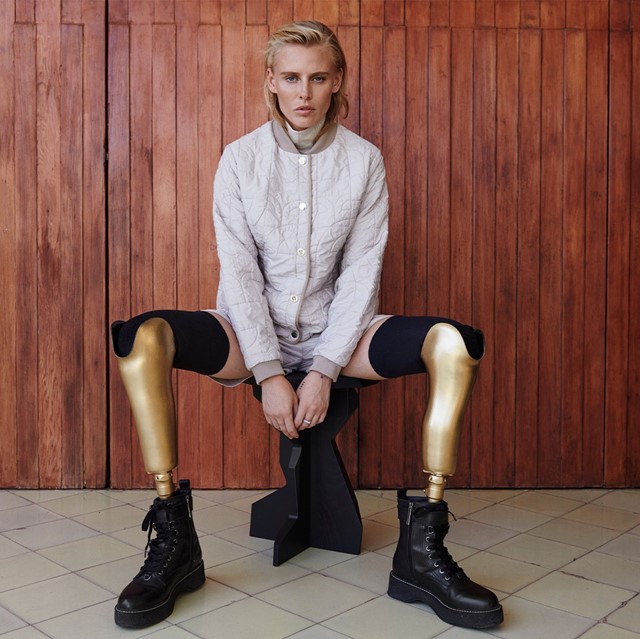At the SS23 edition of London Fashion Week, former Dazed 100-er Sinéad O’Dwyer did away with convention and became the first NEWGEN designer to cast two people who use wheelchairs. One of those models was Emily Barker – AKA Celestial Investments – an artist and activist whose work explores the triangulation of capitalism, architecture, and ableism. Earlier this year, Barker was invited to speak at the Whitney Museum of American Art, where they also exhibited Kitchen – a built-to-scale model that simulates the impossibility of using a wheelchair in built environments. “Inaccessibility is a cyclical monster, how do we change things if we can’t even show up?” they asked the audience. “Capitalism enforces health and able-bodiedness with the incredible cost of being sick and disabled.”
Like many disabled people living in the USA, Barker’s spinal cord injury has left them reliant on supplemental security income – but that can be taken away should they amass $2,000 in savings, accept a gift of more than $65 each month, or have children. It means they now live in a state of enforced poverty and their work elucidates those frustrations in piles of medical bills, trampled wheelchairs, and rusted-over grabbers. As trite as it may sound, Barker’s braided mullet, experimental make-up, and mish-mash style have helped to communicate these ideas to an audience that places stock in being cool. “Compulsory able-bodiedness is simply a symptom of an economic system that punishes you if you cannot labour to create profits for wealthier people or yourself,” they concluded. “People have value outside of their capacity to provide profits.”
Text Daniel Rodgers









